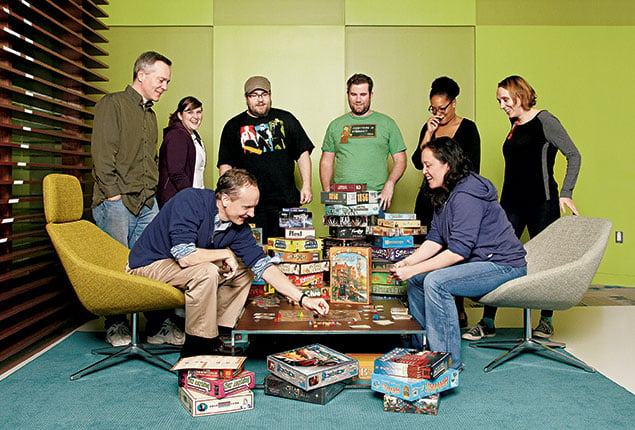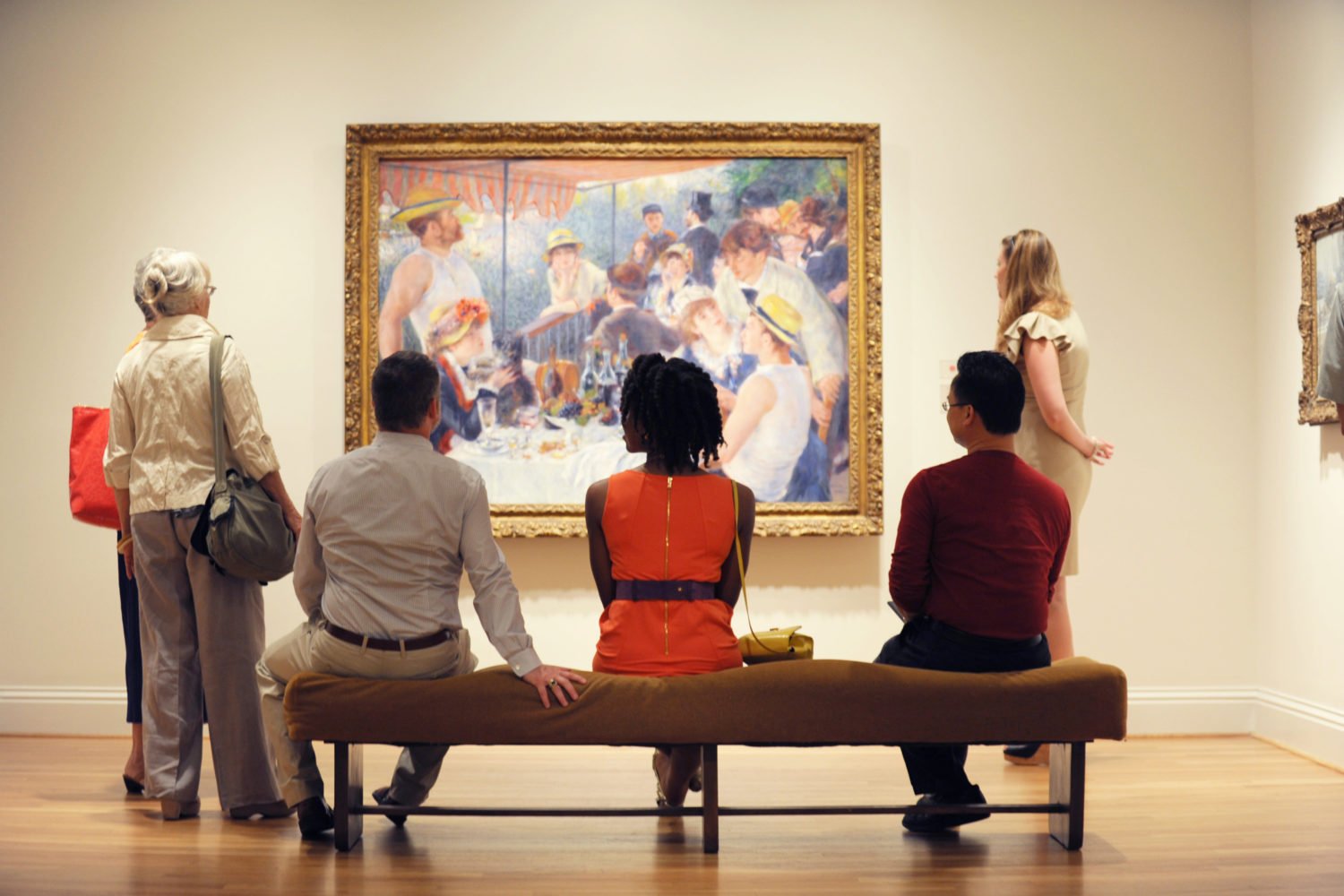Forget Park Place and Baltic Avenue. A new generation of board games has energized the tired pastime, with smart concepts and strategies far more entertaining than just passing “Go” and collecting $200.
Called designer or Euro games, they had their cultural breakthrough with the ubiquitous Settlers of Catan, which has stayed atop the charts of bestselling board games in the US for nine years, according to the industry publication ICv2. The hobby game market—which includes dice and card games, among others—has nearly doubled since 2008.
The new audience includes adults who break out a game at the end of a dinner party as well as regulars at such places as the Board Room, a board-game bar in Dupont Circle, and Board and Brew, a game-centric cafe in College Park. David Gardner, a cofounder of the Alexandria investment firm the Motley Fool, says the mechanics of designer games reinforce strategy and decision-making instead of pure luck dependent on a dice roll. He’s built a collection of 676 games and organizes game nights with coworkers at the office.
At Labyrinth, a four-year-old game shop on Capitol Hill, owner Kathleen Donahue saw the phenomenon take off. She thinks gateway games like Settlers of Catan showed iPhone obsessives the value in the type of face-to-face interaction inherent in board games. There was also an economic component: “I went to the movies the other day, and it cost me $50 with tickets and popcorn and everything else. But you can get a board game you can play the rest of your life for $50.”
Donahue says one thing that makes new games different from the traditional variety is that they’re often crafted by a singular designer with a personal flair. That person’s name usually appears prominently on the box, much like an author’s on a book. Enthusiasts follow their favorite designers, eager to play their next creation.
Dominic Crapuchettes is one of those designers. The founder of North Star Games in Kensington, he has created several award-winning party and strategy games. “One of the big problems with Monopoly or Risk is that you don’t know how long the game is going to last,” Crapuchettes says. “Is the game gonna be an hour-and-a-half or a six-hour game?” Designer games usually have a built-in time limit that makes a game night among friends easier to manage. They also rarely eliminate players: “You could get knocked out of Monopoly in 40 minutes and then just have to sit there.”
With thousands of designer games out there—many with sequels or multiple versions—where should you start? Here are Gardner’s, Crapuchettes’s, and Donahue’s favorites.
Best for Beginners
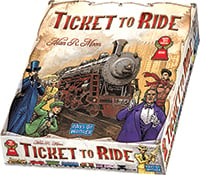
The new games aren’t as simple as what you’re probably used to, so it helps to start with a more straightforward one. By unanimous vote, Donahue, Gardner, and Crapuchettes all pick Ticket to Ride, in which two to five players compete to build railroads across a map of North America. It’s easy to learn and fast to play—one round shouldn’t last longer than an hour. “It’s really simple, but there’s still a depth of strategy there, and that’s what makes it a designer game,” says Donahue.
Best for a Dinner Party
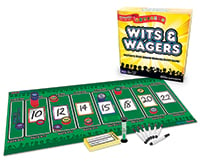
For a big social gathering, you’ll want an uncomplicated game that can accommodate a lot of players. Donahue recommends Concept, a new game nominated for the 2014 Spiel des Jahres (German for Game of the Year), what she calls the “Oscars of board games.” It’s a charades-like pastime in which players try to guess a word or phrase based on icons and pictures. An unlimited number of players can join—Donahue has hosted standing-room-only rounds at her store.
Gardner’s dinner-party pick is Wits & Wagers, a raucous trivia game in which you bet on other players’ guesses. Crapuchettes, who designed it as a student in College Park, says it rewards good judgment instead of fact memorization. He has emceed sessions for companies that believe the game fosters team-building skills.
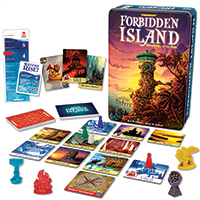
Best for Family Game Night
For kids obsessed with video games, Donahue says a good transition to board games is Forbidden Island.
It’s a tactile, role-oriented game in which participants work together to salvage treasures from a sinking island. That cooperative element—you compete with the game instead of one another—means parents can play alongside their kids rather than against them.
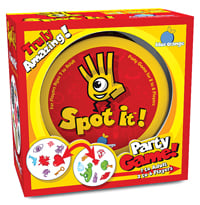
Crapuchettes thinks the mark of a great family game is that it’s something parents can lose at, so he recommends Spot It!, a pattern-recognition game in which players search for symbols on a deck of cards—which Crapuchettes says kids are often better at than parents. Yet it keeps adults engaged in a way that some classic kids’ games can’t.
“In Candy Land, there’s no such thing as trying your hardest. You just flip over a card and that’s it—it’s kind of boring,” he says. “But in Spot It!, a parent can try as hard as they can and still not win.”
Best for Washingtonians
For wonks who can’t get enough politics, Donahue suggests Founding Fathers, in which players assume the roles of those American legends to essentially redraft the Constitution, grappling between federalists and anti-federalists, big states and small. “It’s absolutely the best DC game ever created,” she says.
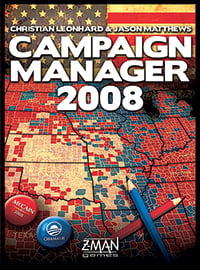
Gardner’s all-time favorite is also his pick for locals: Twilight Struggle. Made by Ananda Gupta and Washington designer Jason Matthews, the game has two players face off as either the United States or the Soviet Union to replay the major events of the Cold War and change history. “A lot of people in this city love feeling like the President, and that’s the role you play in this game,” says Gardner.
Twilight Struggle is complex. For a lighter Washington game, Gardner suggests Campaign Manager 2008. Created by Matthews with Christian Leonhard, this game has Obama and McCain teams compete for electoral votes—proving, says Gardner, “that you can make a board game out of anything.”
Best for Expert Gamers
Some designers pride themselves on a game’s complexity. If you’re looking for an expert-level board game, Donahue points to Dominant Species, in which players guide their species from 90,000 bc to the Ice Age, struggling for supremacy and literally building Earth in the process. The game, which can last more than four hours, comes with a 20-page rule book and 500-plus pieces. “It’s incredibly complicated, but awesome,” says Donahue.
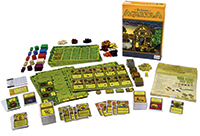
Gardner’s expert-level pick is another hefty game: Agricola, which has players managing a farm and all the decisions that come with it. Hundreds of cards present participants with a vast number of options on each turn. “It’s a brain-burner because you’re sitting there trying to manage five different dynamics of your farm,” says Gardner. “It’s just infinite, the way this game replays from one round to the next.”
This article appears in the January 2015 issue of Washingtonian. Find Michael Gaynor on Twitter at @michael_gaynor.

